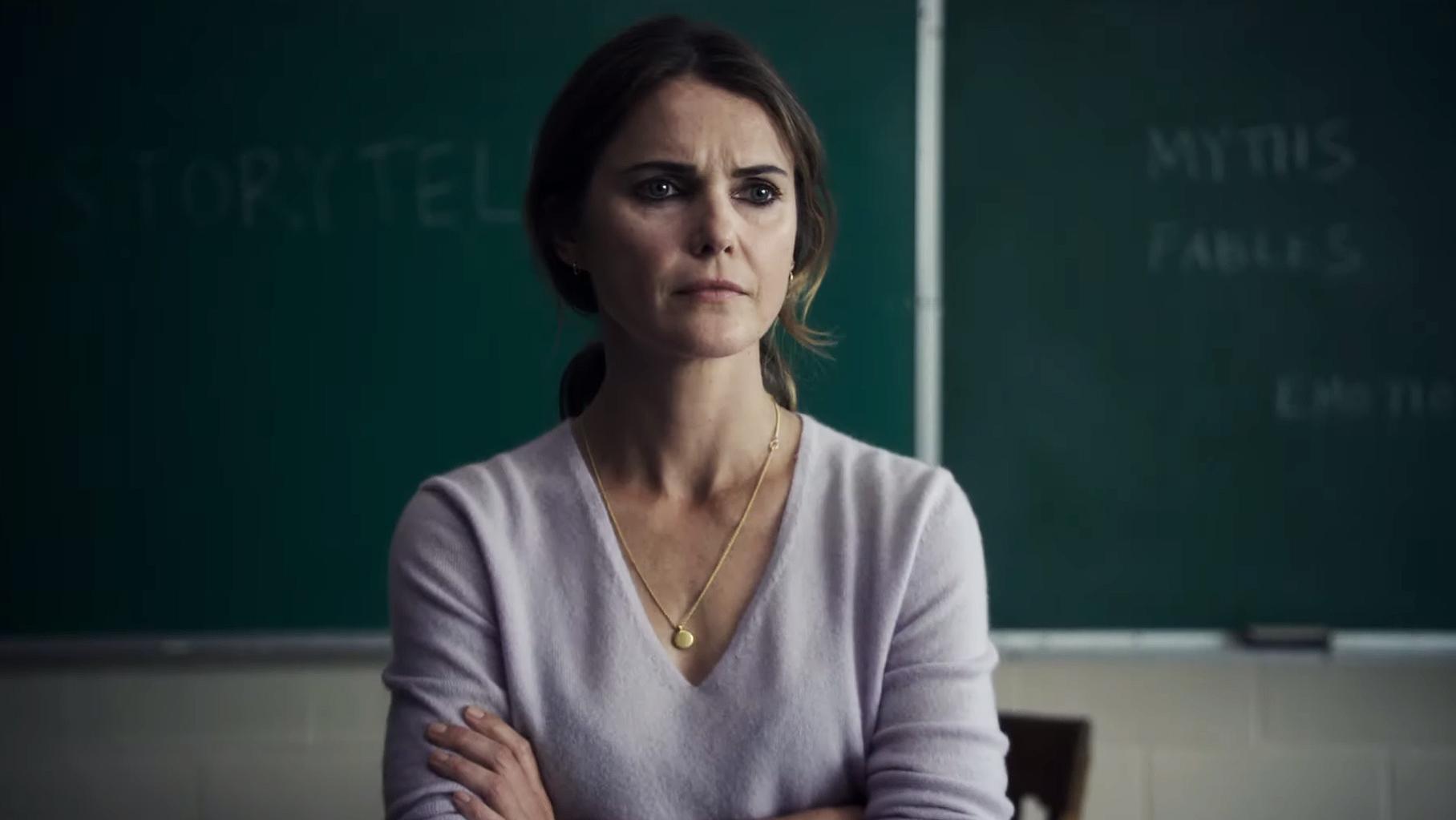Never in a million years did I think Scott Cooper and Guillermo del Toro would end up collaborating on a horror film. Unless, of course, if you want to count Cooper’s first foray into the aforementioned genre in the little-known ‘For Sale by Owner’, even though he only served as a screenwriter and one of the co-producers. And besides, Cooper is mostly associated with drama and crime genres like ‘Crazy Heart’, ‘Out of the Furnace’ and ‘Black Mass’. So, it’s kind of interesting to see Cooper directing a horror film for the first time. Coupled with the creepy subject matter related to the Wendigo folklore, the film, at least on paper, sounds very intriguing.
Based on Nick Antosca’s 2019 short story ‘The Quiet Boy’, the film follows Julia Meadows (Keri Russell), a teacher who returns home to the rural Oregon town from California to live with her brother and local sheriff Paul (Jesse Plemons). We learn bits and pieces about her tormented past, where she used to be a victim of child abuse. Back in school, she particularly pays close attention to one of her students, Lucas (Jeremy T. Thomas), a socially withdrawn boy who often gets bullied by other kids. Based on what Julia sees and learns about Lucas, she figures the boy suffers the same fate as she did in the past. His father, Frank (Scott Haze), who is a meth addict, and his younger brother, Aiden (Sawyer Jones), are nowhere to be seen — a result that prompts Julia to report Lucas’ situation to her school principal, Booth (Amy Madigan).
Meanwhile, dead bodies are mysteriously found all over the town and as the sheriff’s department begins to run their investigation, Warren Stokes (Graham Greene), who used to be a sheriff himself, thinks it has to do with the Native American malevolent monster called Wendigo that feeds on humans. But Paul isn’t a superstitious type who believes such a myth since he figures there must be a logical explanation about the dead bodies that have been horribly mutilated.
Cooper, who also adapted the screenplay with Henry Chaisson and Nick Antosca, stretches the 32-page short story into an allegorical slow burn that tries to cover multiple angles. Those angles in question include the emotional trauma and familial abuse related to Julia and Thomas’ respective personal issues as well as other depressing themes, covering from the opioid crisis to poverty, unemployment and the doomed consequences of disrespecting the land that belongs to the indigenous people. No doubt that Cooper has a lot of things to say here because he clearly isn’t interested in making a straight-up horror film about Wendigo folklore. Frankly, I’m okay with it as long as the film manages to be either emotionally involving or thought-provoking.
And while I appreciate Cooper’s ambitious attempt here, he ends up biting off more than he can chew with the result that is too gloomy for its own good. Even all the allegories that he tries to spread out throughout the film feel undercooked. The story barely scratches the surface and whatever aforementioned allegories are just lying there flat and open without giving us a deeper meaning. This, in turn, makes the film’s slow-burn approach a frustrating experience to sit through. If only everything is fleshed out substantially, this otherwise deliberately-paced horror film would have been a rewarding one.
The characters, in the meantime, are a mixed bag. Keri Russell delivers a fairly engaging performance as the emotionally traumatic Julia. But Jesse Plemons, a great character actor who deserves better, is unfairly resorted to playing a passive role of a sheriff. He doesn’t get to do much here other than spending most of the time looking bewildered or acting distant about everything that’s been going on. Graham Greene shows up in a sadly underappreciated role as a former sheriff, whose extensive knowledge about the Wendigo folklore is merely served for the sake of exposition. Jeremy T. Thomas, a relative newcomer whose past credits include appearing in TV series such as ‘The Righteous Gemstones’ and ‘Paradise Lost’, excels the most as Thomas. I like the way he conveys his bottled-up emotions, combining his subtle uses of facial expression and body language
As a horror film, ‘Antlers’ has a few worthwhile moments, even though it wasn’t enough to overcome its major shortcomings. The grisly creature design of the deer-like Wendigo monster is technically impressive with the help of CGI and practical effects. There is also a nifty transformation effect and Cooper proves to be an ace visual stylist during some of the graphically violent set-pieces. I’m equally glad he doesn’t rely on the usual cheap tactics of jump scares commonly plagued in most horror films. It’s just too bad the final showdown against the Wendigo monster feels anticlimactic. Florian Hoffmeister’s atmospheric cinematography is worth mentioning too, particularly the way he uses shadows and darkness to evoke the ominous dread of a rural town lurking with unsuspecting dangers.
Overall, ‘Antlers’ is a missed opportunity that could have been a genre classic if only Cooper had approached the subject matter in a more focussed way!
Rating: 2.5/5
Read More: Best Horror Movies of the 2000s

